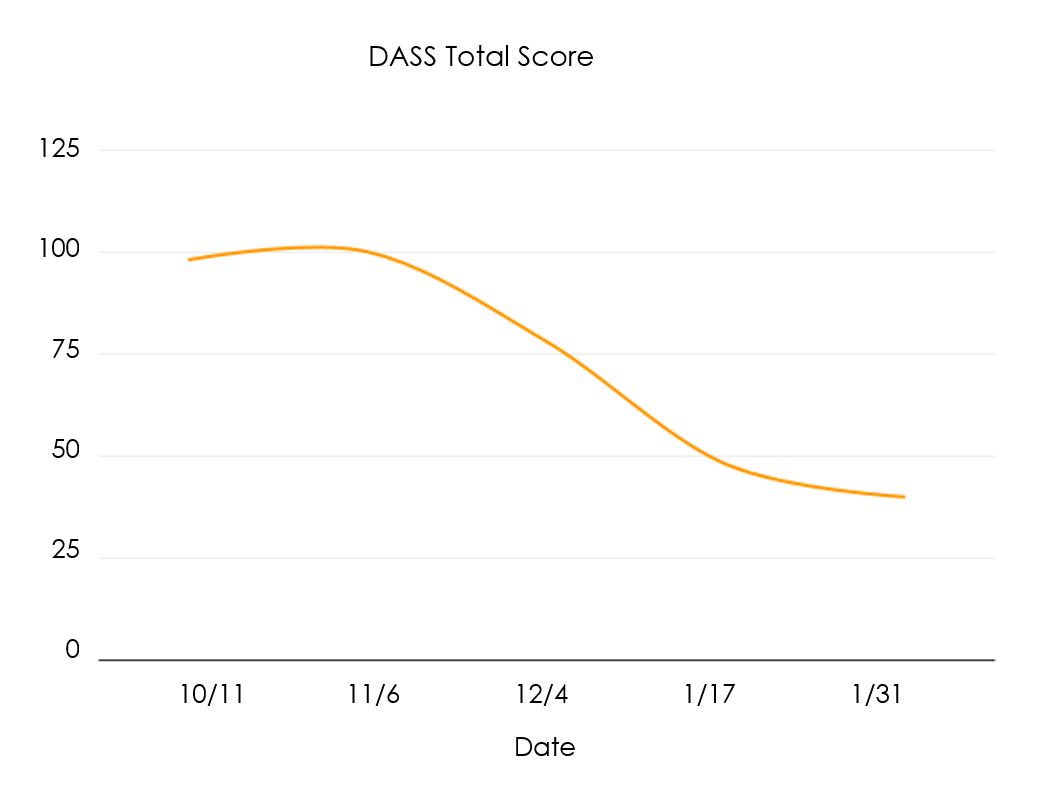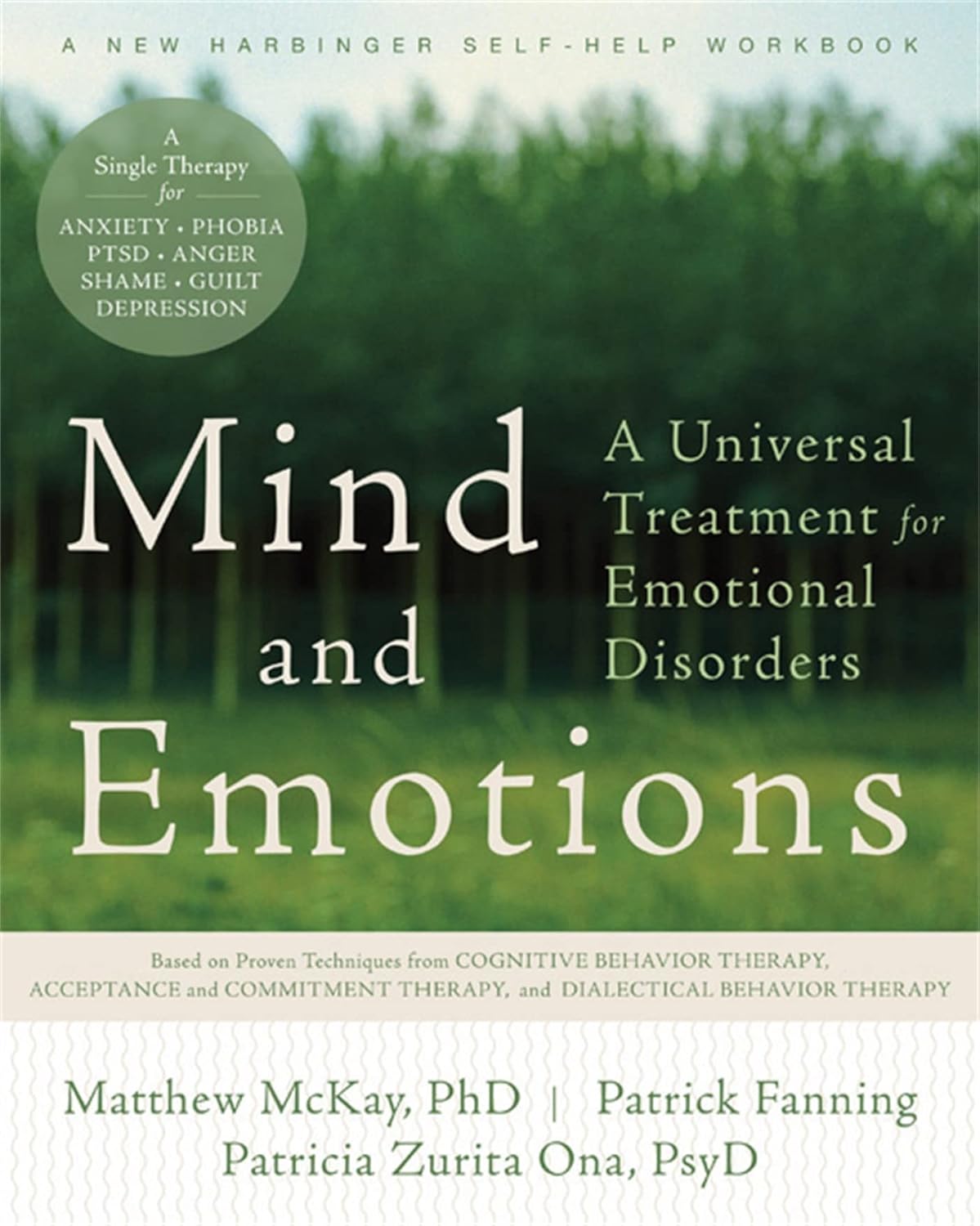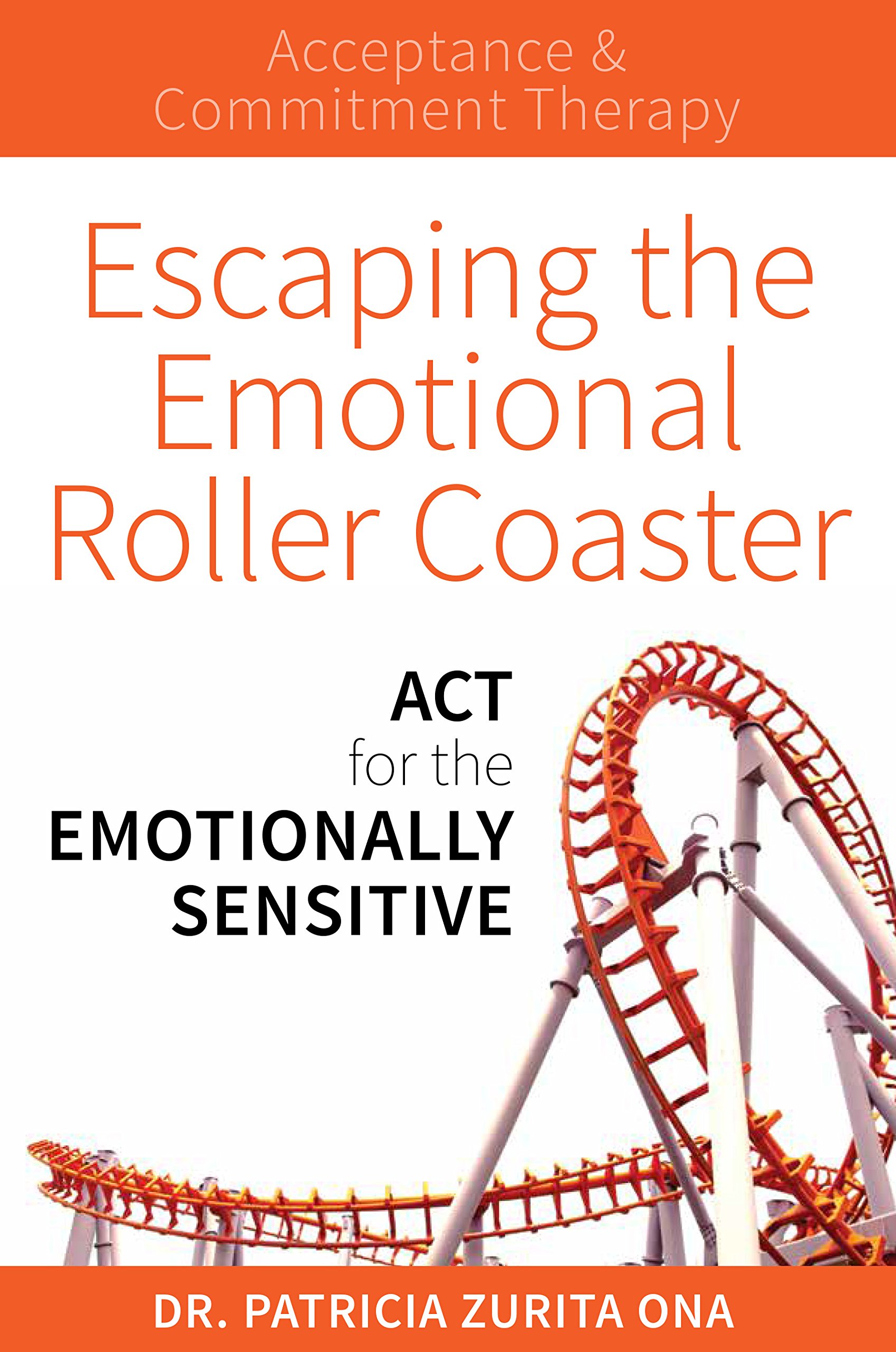INDIVIDUAL THERAPY
individual therapy
What does individual therapy looks like?
This is a preview of how therapy looks like when working with us after your intake session is completed.
Practice between sessions
Because of the active emphasis on behavioral-change you will be asked to engage in additional activities or exercises between sessions. Examples of these activities include reading a particular self-help book, practicing a particular skill discussed in the session, completing a log, etc. While we emphasize behavioral-change, it doesn’t mean that we’ll be pushing you to do something you’re not ready or in agreement with; in fact, we’ll always discuss with you about why a specific exercise is recommended, how to do it, and have an agreement with you about it. Research continues to show that therapy is more effective when clients are engaged on specific exercises between sessions.
Goals for treatment
At the beginning of treatment you and your therapist will discuss specific “goals” and “behavioral markers” as a roadmap for the therapy work. Sometimes people have the misconception that behavioral therapy is very mechanic, but we can assure you that our style is personal, caring and still skill-based.
Monitoring of treatment
On a monthly basis, you will be asked to fill out additional forms to monitor your treatment and you and your therapist will review that data together. We are definitely data driven in our work!
Length of treatment
It really depends of the goals for treatment. It’s recommended that you commit for at least 12 sessions in order to fully give yourself a chance to see whether therapy is making a difference or not in your daily life. The frequency and schedule of the appointments is determined based on the results of your intake appointment.. We do encourage our clients book session on a monthly basis so you can have the same date and time that works with your schedule.
Treatment outcomes of individual therapy

Description
34-year old client struggling with fears of embarrassment in social situations (social anxiety).
Intervention: exposure for social anxiety + social skills training
22 sessions, 80-minutes each session.
* DASS = Depression, Anxiety, and Stress Scale

Description
38-year old client
Major Depressive Disorder, single episode, severe
Interventions: cognitive flexibility training and behavioral activation.
15 sessions, 80-minutes each session
* DASS = Depression, Anxiety, and Stress Scale

Description
29-year old client struggling with panic disorder.
Intervention: interoceptive exposure for panic-related symptoms.
15 sessions, 80-minutes each.
* DASS = Depression, Anxiety, and Stress Scale
Are you dealing with intense OCD and anxiety?
Our intensive program will teach you all the skills you need to get back into your life! CLICK HERE TO LEARN MOREWhy our clients love working with us
testimonials
Online courses
Home-study programs
You can learn actionable, compassionate and research-based skills from the comfort of your own home and at your pace.
Each online class includes high-quality videos, worksheets, and audio-recorded exercises.

LEARN MORE

LEARN MORE

LEARN MORE

LEARN MORE

LEARN MORE

LEAN MORE
925.956.4636
intakes@eastbaybehaviortherapycenter.com
Address
45 Quail Court, Suite 204
Walnut Creek, Ca 94596
Follow us









